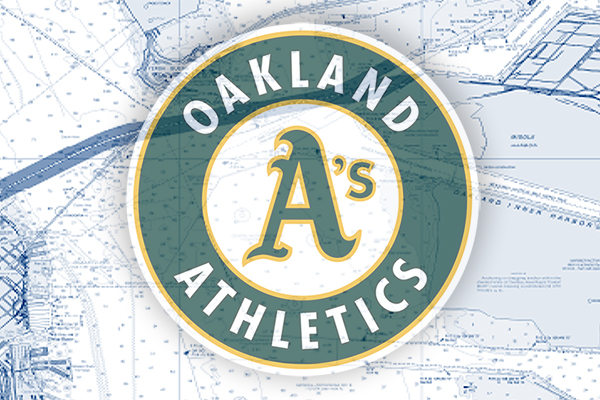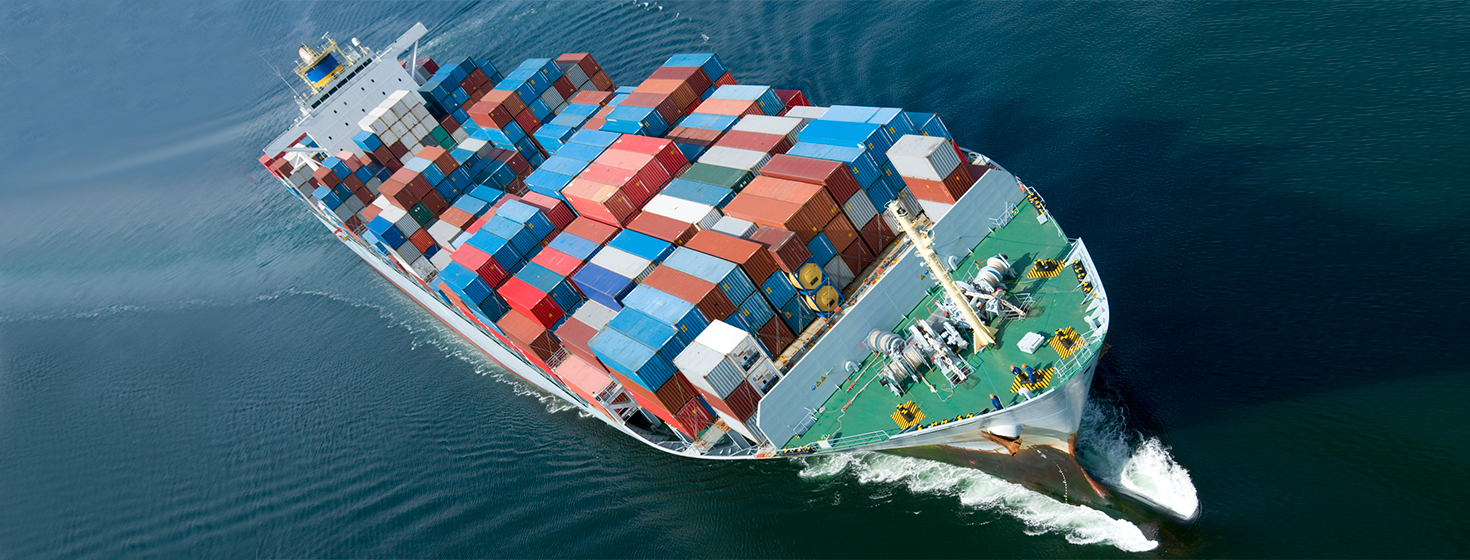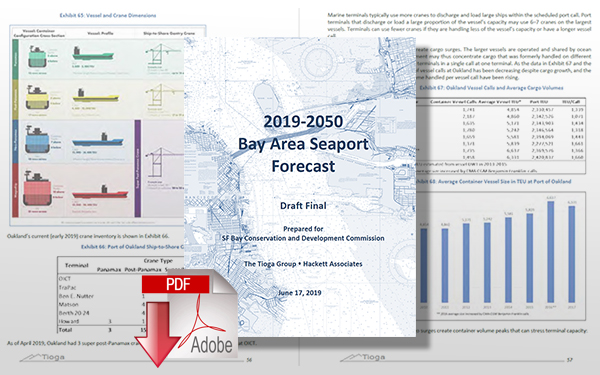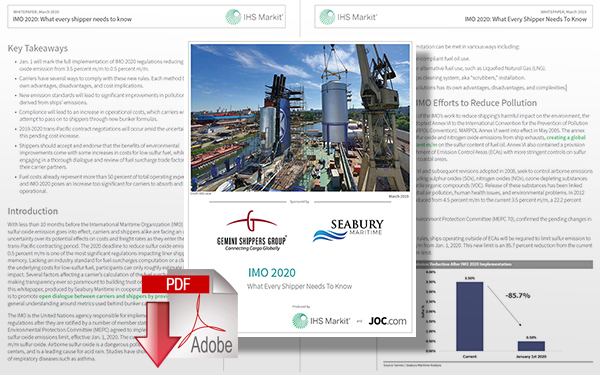Peak Logistics Season vs. Peak Baseball Season

The Port of Oakland's cargo division has expressed its concern and has ongoing meetings with all stakeholders scheduled to take place this fall.
Bay Area Seaport Forecast!
With the regular major league baseball season drawing to a close, many Oakland Athletics fans are hoping that they’ll have a new ballpark on the waterfront in a couple of years.
The team has even gained the Port of Oakland Board of Port Commissioners’ unanimous approval to an exclusive negotiating term sheet.
Still, the port’s cargo division has expressed its concern and has ongoing meetings with all stakeholders scheduled to take place this fall.
The Athletics plan to develop 3.3 million square feet of housing, 1.5 million square feet of commercial and office space, a hotel and a performance center in the area surrounding a new stadium on property currently serving the port’s Howard Terminal.
It is worth noting, however, that a new study prepared by the consultants Tioga Group and Hackett Associates for the San Francisco Bay Conservation and Development Commission (BCDC) warns that plans to accommodate a new generation of mega-vessels may be at risk if port loses acreage intended for a new turning basin on the property.
The report titled “2019-2050 Bay Area Seaport Forecast” examines our region’s ocean cargo gateways for throughput and capacity.
It says that the 50-acre Howard Terminal site “is below the current standard for new container terminals, but maybe a necessary increment to seaport capacity under moderate-to-strong cargo growth scenarios.”
And as we’re well aware, Logistics Management readers care less about baseball season than peak season.
“There has been a recent downward trend in U.S. West Coast shares of total U.S. container trade and of transpacific container trade,” says Tioga’s principal, Dan Smith.
“The Port of Oakland handles nearly all containerized imports and exports for Northern California, as well as some intermodal cargo moving to and from inland points. Oakland competes for different trade flows in different ways.”
For example, Oakland competes for Asian imports to Midwestern consumer markets with the ports of Los Angeles and Long Beach.
For exports, Oakland’s geographic position near California agricultural production gives it an advantage.
“Oakland is also often the last port of call before vessels return to Asia, providing a later and faster shipping option for exporters,” says Smith.
“As a result, Oakland is one of few U.S. ports where containerized exports often exceed imports”
Karen Vellutini, a vice president with Oakland-based Devine Intermodal and author of a monthly newsletter, recently stated her opposition to the ballpark.
“We don’t believe 3,000 to 4,000 homes, small watercraft, personal vehicles, pedestrians, and added congestion are congruent with maritime operations,” she says.
While the Oakland Athletics have four years to complete an environmental impact report, negotiate lease terms with the port, and secure additional regulatory approvals, the organization has stated that has plans to break ground next year.
“The Oakland A's may think they have hit a home run, but the industry is far from throwing the game,” says Vellutini.
“We are still swinging for the fences.”
Related: How New Regulations Will Impact Shipping, the Environment, and Freight Rates
Download Related Papers
2019-2050 Bay Area Seaport Forecast
This report provides 30-year forecasts for the relevant cargo types and a high-level review of marine terminal capacity and expansion outlook. Download Now!
IMO 2020: What Every Carrier and Shipper Needs To Know
This whitepaper details that the lack of industry standard for fuel-surcharges computation or a clear picture of the underlying costs for low-sulfur fuel allows participants to only roughly estimate its economic impact. Download Now!
More Resources for ”Freight Rates”
Article Topics
Hackett Associates News & Resources
U.S.-bound import growth track remains promising, notes Port Tracker report Three major heavy truck manufacturers form PACT to jolt electrification push Retailers Forecast Import Growth Despite Red Sea Delays Port Tracker report points to import volume growth over the first half of 2024 Shippers look at alternatives amid Red Sea Crisis Port Tracker points to U.S.-bound import gains in the coming months While volumes are down, August growth is in the cards, reports Port Tracker More Hackett AssociatesLatest in Transportation
Nissan Channels Tesla With Its Latest Manufacturing Process Why are Diesel Prices Climbing Back Over $4 a Gallon? Luxury Car Brands in Limbo After Chinese Company Violates Labor Laws The Three Biggest Challenges Facing Shippers and Carriers in 2024 Supply Chain Stability Index: “Tremendous Improvement” in 2023 Trucking Association CEO on New Biden Policy: ‘Entirely Unachievable’ Two Weeks After Baltimore, Another Cargo Ship Loses Power By Bridge More TransportationAbout the Author
















